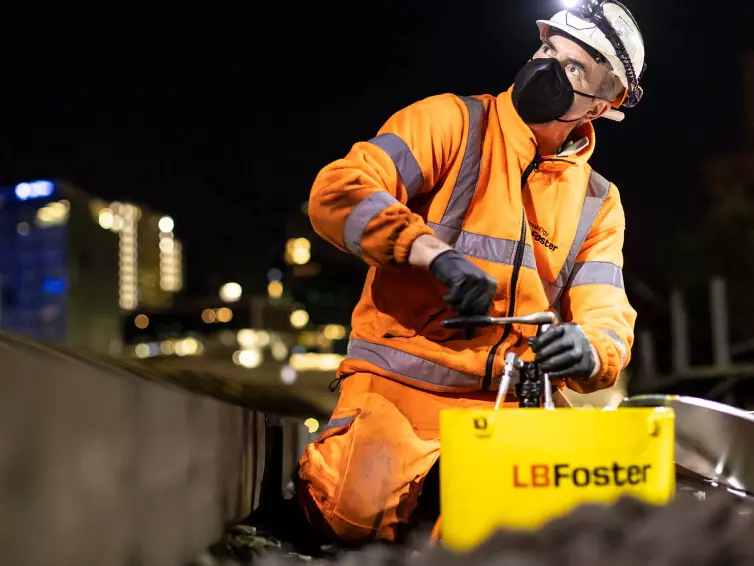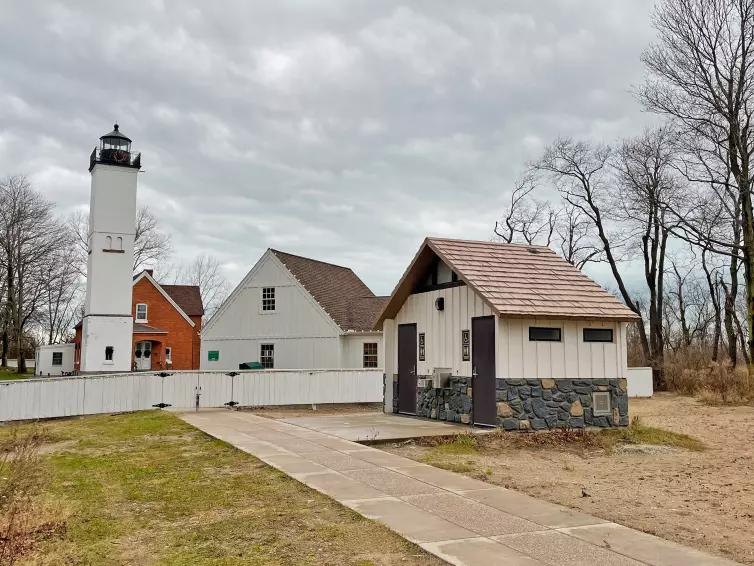Rocks on the line
- Aug 04, 2018
- Rail
In parts of the US, railroad lines run through areas subject to rocks falling from deep cuttings. The falling rocks can sit on the track causing a major hazard to trains. Traditional monitoring methods are inaccurate and labour intensive. Now L.B. Foster Control & Display Solutions is trialling a new way using existing LIDAR technology.
A North American Class 1 railroad company is currently working with L.B. Foster Control & Display Solutions on field trials using L.B. Foster’s LIDAR (Light Detection and Ranging) technology for rockfall detection and Remote Condition Monitoring (RCM) sensors for detecting avalanches in the High Country.
Dr Mark Aston is L.B. Foster Europe’s Chief Technical Officer. He explains about the challenge of safeguarding against rock debris on the line: “Conventional rockfall monitors use wires across the top of the track that break when a rock falls through them. The problem with this technology is that it does not indicate if the rock has ended up on the track or rolled off, plus it requires engineers to re-string the monitors each time they break.
“The classic L.B. Foster LIDAR heads used in the UK for level crossing safety are now being trialled in use on the rail itself. If a rock of sufficient size to pose a threat to a train is detected on the track, LIDAR technology remotely alerts controllers about the size and location of the obstruction, without an engineer ever needing to visit site and re-string a wire detector.”
These small, inexpensive sensors have the potential to be used over hundreds of miles of susceptible track, in the same way that the rockfall LIDAR can monitor hundreds of miles of cuttings and rock faces adjacent to train lines.
Avalanches of snow, mud and rock in the high country in the United States also present a risk to service that is difficult to monitor. Dr Aston continues: “The locations where these incidents occur are often remote, with no access to power. Our long-life battery-powered RCM tilt and position sensors are now being trialled.
“Sensors are attached to posts that will be swept along with an avalanche. When a change in their position is detected, data is relayed wirelessly to a local gateway receiver. This launches an avalanche alert over the local train communications network, potentially saving lives and costs.
“These small, inexpensive sensors have the potential to be used over hundreds of miles of susceptible track, in the same way that the rockfall LIDAR can monitor hundreds of miles of cuttings and rock faces adjacent to train lines.”

